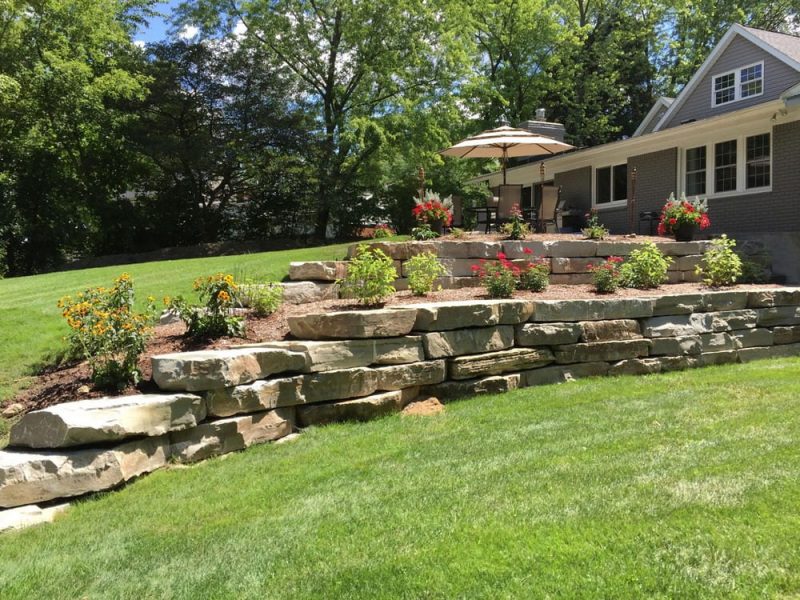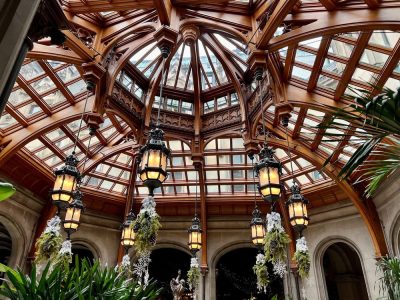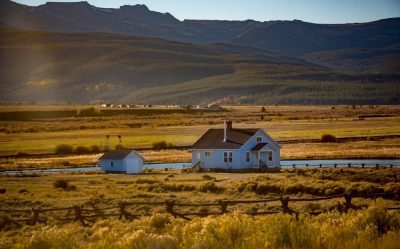
In the realm of landscape design, the allure of natural elements continues to captivate homeowners and designers alike. From lush greenery to tranquil water features, and even incorporating classic elements like flagstones, bringing nature’s beauty into outdoor spaces has become a sought-after trend. Among the many natural materials available, outcropping stone stands out as a truly unique and dramatic element, capable of transforming ordinary landscapes into extraordinary works of art.
What is Outcropping Stone?
Outcropping stone, also known as bedrock or ledge stone, is a natural stone formation that emerges from the earth’s surface. Formed over millions of years through geological processes, outcropping stone boasts a distinct character defined by its rugged texture, irregular shapes, and weathered appearance. These characteristics make it a visually captivating and versatile material for landscaping projects.
Outcropping stone comes in various types, each with its own unique charm and personality. Granite, limestone, sandstone, and basalt are just a few examples of outcropping stone that offer a diverse range of colors, textures, and patterns. Whether you’re seeking a rustic, earthy feel or a more modern and sophisticated aesthetic, there’s an outcropping stone to suit your vision.
The Aesthetic Appeal of Bedrock
One of the most striking aspects of bedrock is its ability to infuse a sense of natural elegance and drama into any landscape. Its organic forms and textures create a visual feast for the eyes, drawing attention and adding depth to the surroundings. Unlike manufactured materials, outcropping stone possesses a timeless quality that seamlessly blends with the natural environment.
The versatility of outcropping stone is another reason for its popularity among landscape designers. It can be used in both traditional and contemporary settings, complementing various architectural styles and planting schemes. Whether your home is a rustic cottage or a modern villa, outcropping stone can be seamlessly integrated to enhance its overall appeal.
Landscaping Applications
The possibilities for using outcropping stone in landscaping are virtually limitless. It can be used to create stunning retaining walls that not only serve a functional purpose but also become focal points in the landscape. Waterfalls and other water features can be built around stone, creating a serene and captivating ambiance. Rock gardens can showcase the unique beauty of outcropping stone alongside carefully selected plants and flowers.
Outcropping stone can also be used to create pathways, patios, and other hardscaping elements, adding a touch of natural charm to outdoor living spaces. Its irregular shapes and textures create a unique and inviting feel, encouraging visitors to explore and appreciate the beauty of nature.
Incorporating Outcropping Stone with Other Natural Stone Elements
Outcropping stone’s inherent beauty is further amplified when combined with other natural stone elements. Imagine a landscape where majestic outcroppings rise alongside strategically placed boulders, creating a captivating interplay of textures and sizes. The addition of flagstones, carefully arranged to form pathways or patios, can complement the ruggedness of the outcroppings, adding a touch of refinement and functionality to the space.
The key to a successful integration lies in choosing stones that harmonize in terms of color, texture, and overall aesthetic. For instance, if your outcropping stone has a warm, earthy tone, consider pairing it with flagstones in similar hues to create a cohesive look. Alternatively, you can create contrast by using contrasting colors or textures to make the stone stand out as a focal point.
By working with a skilled landscape designer or supplier, you can explore the vast array of boulders and flagstones to find the perfect complements for your bedrock. They can help you envision how different combinations will work together to create a harmonious and visually stunning landscape.
Factors to Consider When Choosing Outcropping Stone
Selecting the right outcropping stone for your landscaping project involves careful consideration of several factors. The size of the stone is crucial, as it will determine its placement and impact on the overall design. Larger outcroppings can serve as dramatic centerpieces, while smaller ones can be used to create accents or borders.
The shape of the outcropping stone is equally important. Irregular shapes offer a more natural and organic look, while more uniform shapes can be used to create a sense of order and structure. Consider the color and texture of the stone as well. Some outcropping stones have smooth, polished surfaces, while others are rough and weathered. The color can range from light grays and tans to deep reds and browns.
When choosing bedrock, it’s essential to be mindful of stone prices. The cost can vary significantly depending on the type of stone, size, and availability. It’s advisable to research different suppliers and compare prices before making a purchase. Working with a reputable supplier can ensure that you get high-quality stone that meets your needs and budget.
Conclusion
Outcropping stone offers a unique and captivating way to enhance the beauty and character of any landscape. Its natural elegance, versatility, and ability to seamlessly integrate with other natural stone elements make it a valuable addition to any outdoor space. By carefully considering factors like size, shape, color, texture, and outcropping stone prices, you can create a truly one-of-a-kind landscape that will be admired for years to come.
Whether you envision a dramatic rock garden, a tranquil water feature, or a welcoming patio, outcropping stone can help you bring your vision to life. Embrace the natural beauty of this extraordinary material and let it inspire you to create a landscape that is both stunning and unique.









